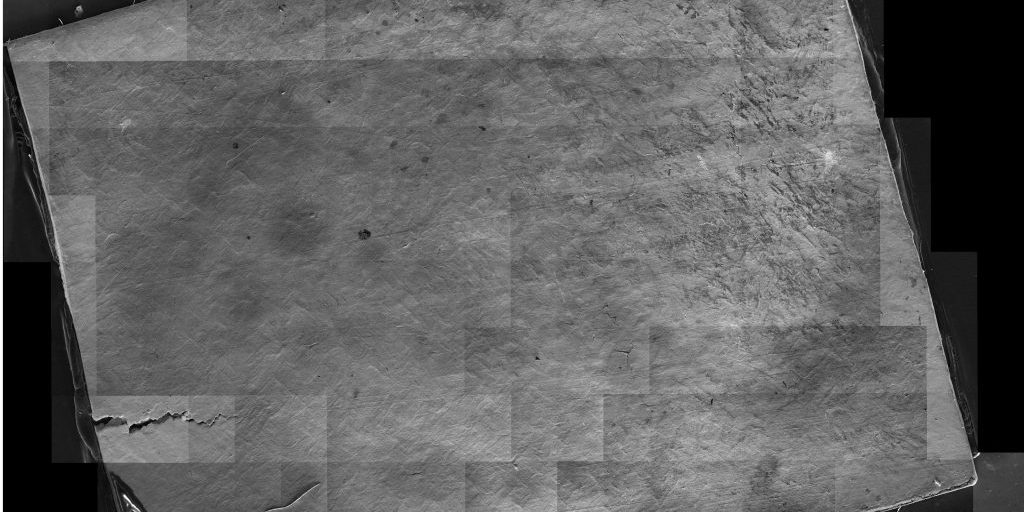HANOVER, N.H. – With global attention becoming increasingly focused on climate change, more and more scientific research is turning to advancements in clean energy. One researcher at the U.S. Army Engineer Research and Development Center’s (ERDC’s) Cold Regions Research and Engineering Laboratory (CRREL) has set his sights on cold fusion.
Cold fusion — or low-energy nuclear reaction (LENR) as it is referred to today — is a hypothesized type of nuclear reaction that occurs at, or near, room temperature. In 1989, two electrochemists, Martin Fleischmann and Stanley Pons, claimed they could produce nuclear fusion using their apparatus on a small tabletop. Their claims were tested, found to be unreliable, and have mostly been dismissed for the last 30 years.


